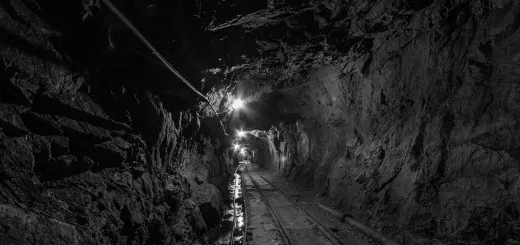Discovering Gemstones - May Edition
The May birthstone, emerald, has long been seen as a symbol of rebirth. No wonder it’s called the ‘gem of spring’! Emeralds are also rare and are mined in only a few locations around the world including Columbia, Brazil, and Zambia.
Emeralds, or beryls as they are officially called, can be very old. Cleopatra, who was alive more than 2,000 years ago, had mines in Egypt that once produced very nice specimens, but these were depleted many years ago. Some of the oldest emeralds date back to 2.97 billion years ago and were found in South Africa.
Today some of the finest emeralds can be found in Columbia. Columbian emeralds are unique in that their colour are some of the deepest greens possible with no visible blue tint. A very interesting-looking emerald known as the ‘Trapiche’ can be found in this region. It has six unique rays that radiate from its centre point, making it look like a flower.
Trapiche Emerald from Columbia
Where the largest mined raw diamond has 3,100 carats, the largest Columbian emerald ever mined has up to 15,000 carats. This emerald still remains in its natural shape, neither cut nor polished. Across Columbia there are approximately 150 known deposits of emerald, but they are not all actively mined.
Deep green emerald from Columbia
But what makes emeralds or beryls green?
A pure beryl is colourless, but during crystallization, elements such as chromium and vanadium make their way into the crystal structure, resulting in a deep green colouration. The intensity of the geological conditions that form emeralds lead to imperfections that are easily visible in their structure. Even with imperfections, a deep green emerald can be worth more than a diamond.
Check out the March edition of Discovering Gemstones to see the full list of coloured beryl and elements responsible.




